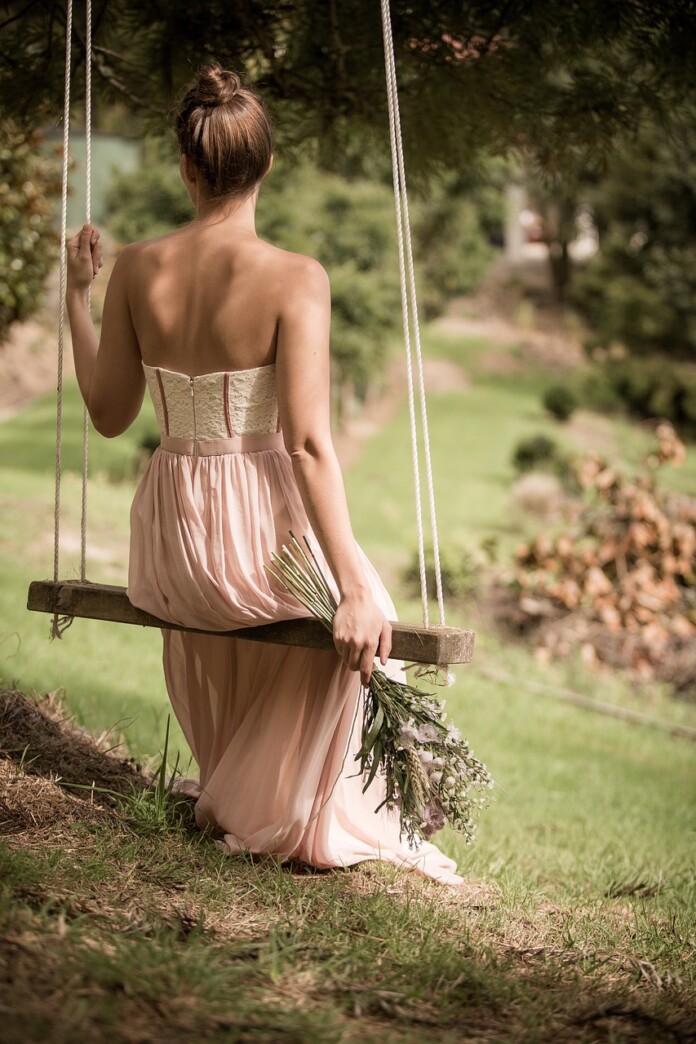Designer clothes have always been in vogue. Whether for a special occasion or just to make a statement on a regular day, they add elegance and sophistication to any wardrobe. But knowing how to wear them right is essential to making the most of these high-end investments. This article breaks down the best ways to weardesigner dresses.
Understanding the Occasion
Before choosing a dress, it’s vital to consider the occasion. The elegance of a dress should match the event. For instance:
- Formal Events: Opt for longer dresses, perhaps a mermaid cut or an A-line gown.
- Casual Outings: Light, breezy, and shorter dresses work best. Think skater dresses or those with playful patterns.
- Business Settings: Consider shirt dresses or structured outfits that strike a balance between sophistication and style.
The Right Fit is Everything
No matter how exquisite a dress is, it won’t look its best if it doesn’t fit right.
- Measurements: Always be aware of your measurements. If buying online, refer to the brand’s sizing chart.
- Alterations: Sometimes, a little tweak can make a dress fit perfectly. Don’t hesitate to get minor alterations if needed.
Accessorizing Designer Dresses
Accessories can either elevate or downplay the look of a dress.
- Jewelry: For ornate dresses, go minimal with the jewelry. If the dress is simple, statement pieces can add a pop.
- Shoes: They should complement the dress, not compete with it. For long gowns, understated heels work best. For shorter dresses, you have the liberty to experiment more.
- Bags: Clutches are perfect for formal occasions. For casual outings, a designer handbag can elevate the ensemble.
Layering and Complementing
Layering can give a fresh look to a designer dress.
- Jackets and Blazers: Consider a tailored blazer for a more polished look, especially in cooler weather. For a laid-back style, denim or leather jackets do the trick.
- Scarves and Wraps: They’re not just for warmth. A well-chosen scarf can add colour and dimension to a dress.
Choosing the Right Undergarments
The foundation of any great outfit lies in the undergarments.
- Seamless Options: For fitted dresses, seamless underwear ensures that no lines show through.
- Support: Strapless or backless dresses might require special bras or support tapes.
Hairstyles to Complement the Dress
The hairstyle, especially the neckline, should complement the dress.
- High Necklines: Updos or high ponytails work well.
- Lower Necklines: Loose curls or straight hair beautifully frame the face and neckline.
Maintaining the Dress
Designer dresses are an investment and deserve care.
- Storage: Store them in garment bags, away from direct sunlight.
- Cleaning: Always check the care label. Some dresses require professional dry cleaning, while others can be gently hand-washed.
Making a Statement with Color
Designer dresses often come in various colors, each telling its own story.
- Bold Hues: Bright colors like reds, royal blues, and emerald greens are head-turners and perfect for those wanting to stand out.
- Pastels: Soft colors like lilac, blush pink, and mint offer a dreamy, ethereal vibe, making them perfect for daytime events or spring and summer outings.
- Neutrals: Classic shades of black, white, beige, and gray are timeless. These shades offer flexibility in accessorizing and can transition effortlessly from day to night.
Experiment with Patterns and Textures
Diversity in design is one of the primary strengths of designer dresses.
- Patterns: Floral designs are always in vogue for spring and summer. Meanwhile, geometric and abstract patterns can give a modern, chic vibe.
- Textures: Dresses with ruffles, pleats, or lace details introduce texture and depth. They can elevate the look without the need for excessive accessories.
Footwear Considerations
The shoes worn with a designer dress can make or break the look.
- Length Matters: For midi or maxi dresses, pointed-toe heels can give the illusion of elongated legs. With shorter dresses, both heels and elegant flats can shine.
- Color Coordination: While matching footwear to dress color can be a safe choice, sometimes a contrasting shoe color can add an exciting twist.
Dressing for Your Body Type
Understanding one’s body type and embracing it is the key to looking fabulous in any designer outfit.
- Hourglass: Emphasize the waist, perhaps with a belt or a dress that naturally cinches in the middle.
- Pear-shaped: A-line dresses or those that accentuate the upper body can create a balanced look.
- Rectangle: Dresses with ruffles or details can add volume and create an illusion of curves.
- Apple-shaped V-necklines and dresses that flow loosely from the bust can be flattering.
Final Touches: Makeup and Fragrance
A designer dress experience isn’t complete without the right makeup and fragrance.
- Makeup: Opt for a neutral makeup look if the dress is a statement piece. However, a bold lip or dramatic eye makeup can add the finishing touch if the dress is understated.
- Fragrance: Choose a perfume that complements the mood of the dress and occasion. Light floral or citrus scents are perfect for daytime, while musky or oriental fragrances can be reserved for evenings.
Wrap-up
Wearing a designer dress is an art. It’s about understanding the dress, the occasion, and oneself. While trends come and go, confidence is timeless. When wearing a designer piece, self-assurance is the most important thing to wear alongside it. With the right choices, a designer dress becomes more than just clothing—it transforms into an expression of one’s unique personality and style.




